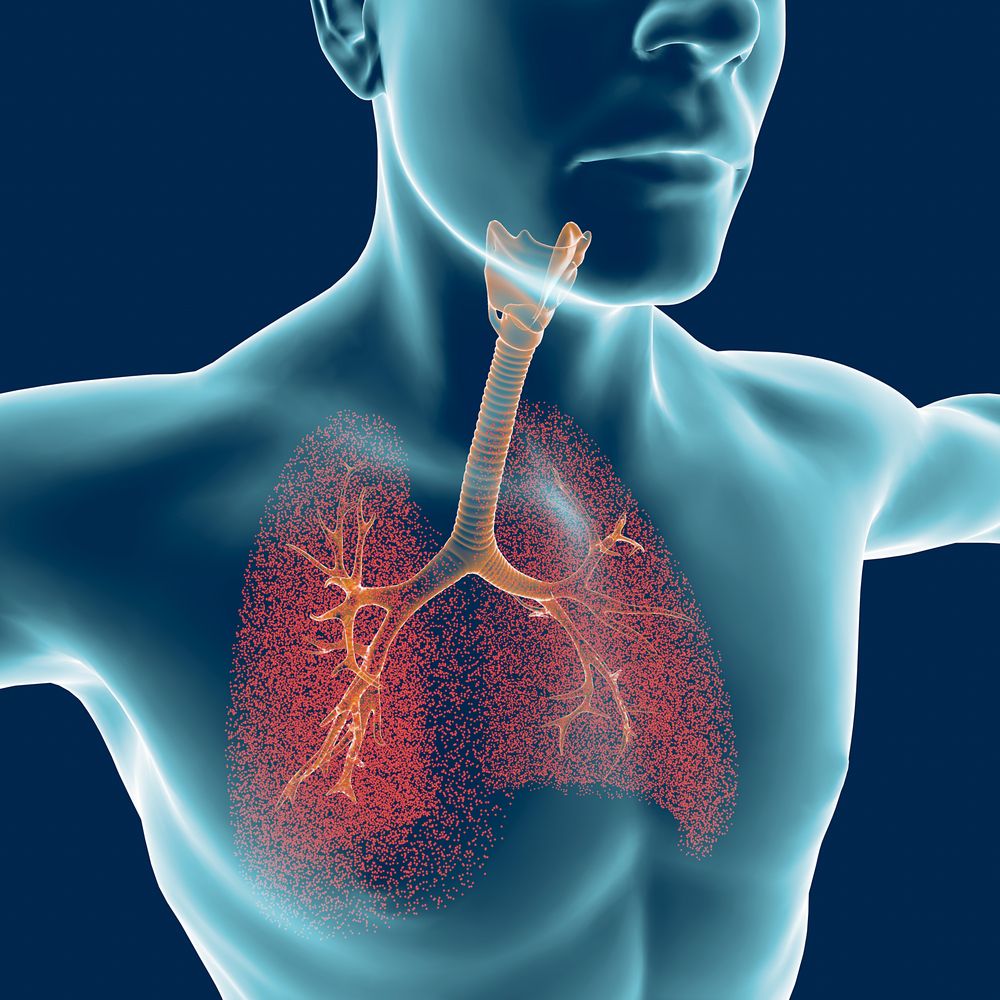Skin Fibrosis Worse When Lungs Involved, Study Finds
Written by |

Naeblys/Shutterstock
Scleroderma involving the lungs is associated with a greater degree of skin scarring, or fibrosis, according to a new research model that seeks to predict a person’s risk of organ-specific complications involved in that disorder.
The study, “Correlation Between Skin and Affected Organs in 52 Sclerodermic Patients Followed in a Diseases Management Team: Development of a Risk Prediction Model of Organ-Specific Complications,” was published in the journal Frontiers in Immunology.
Although best known for its characteristic skin hardening, scleroderma (or systemic sclerosis, SSc) can affect organs throughout the body. Scientists have wondered whether the severity of the involvement of certain organs is interconnected, with most studies examining the relationship between the esophagus and the lungs.
A team of researchers in Italy followed 52 individuals with stable scleroderma — either limited cutaneous SSc (lcSSc, 34 patients), or diffuse cutaneous SSc (dcSSc, 18 patients) — from 2015 to 2019, looking to identify relationships between their various affected organs in order to develop a way to predict a person’s risk of complications related to a specific organ.
The mean age of this group was 62 years, three-quarters of participants were female, and 86 medical complications were observed during the study period. Most patients had pulmonary involvement (65%) and/or esophageal impairment (61.5%), followed by 25% presenting with kidney involvement, and 13.4% with heart complications.
Overall, individuals with lungs affected by scleroderma showed greater degrees of skin fibrosis, whereas the investigators found no such relationship for the heart, kidneys, or esophagus. Kidney involvement, however, did correlate with older age.
Among participants with lung involvement, those with dcSSc tended to show lower lung function than people with lcSSc, as measured by standard tests such as forced expiratory volume in one second and forced vital capacity.
This same group also had lower pressure at their lower esophageal sphincter, a hallmark of gastroesophageal reflux disease, which occurs frequently in scleroderma. They also had higher Warrick scores, which is a standard means of measuring the extent and severity of lung disease.
Participants’ esophageal function — a measure of the extent to which scleroderma affects the muscles needed for digestion — differed between scleroderma types. Most individuals with dcSSc (55.6%) showed a typical “sclerodermic” pattern, which includes weakness of the lower esophagus, versus a more balanced distribution of normal and sclerodermic patterns among those with lcSSc.
The severity of lung involvement differed, depending on the patients’ specific autoantibodies — the self-targeted antibodies that are a hallmark of scleroderma.
Patients with anti-Scl70 antibodies tended to have more severe lung involvement, while the presence of anti-centromere antibodies correlated with better lung-related outcomes. Notably, anti-centromere antibodies were found only in patients with lcSSc, while anti-Scl-70 antibodies were detected in 15 participants with dcSSc and two with lcSSc.
Occurring less frequently (in six patients), those who tested positive for anti-PM-Scl 100/75 showed more pulmonary fibrosis and were more likely to experience cardiac complications than patients without these autoantibodies.
One result that the researchers found interesting was that participants with kidney impairments showed worse cardiac function, as measured by having a low TAPSE/PASP ratio.
“We did not find in literature, any kind of relationship between these, and further investigations are needed,” they wrote.
Based on these findings, the investigators developed a model to estimate the risk of developing a medical complication in a particular organ. They tested it by feeding it the data related to each patient in the study, predicting which complication was most likely to occur, and comparing that prediction to the patient’s medical history.
This, they reported, resulted in an overall accuracy of 84.4%.
“Retrospective observation of Italian SSc patients followed in our hospital revealed a significant correlation between skin thickness and pulmonary function/imaging,” the researchers concluded, noting that they intend to conduct future studies focusing on their results.
“The predictive model has proved effective in predicting the risk of developing organ complications,” they added, “but more validations are necessary.”






